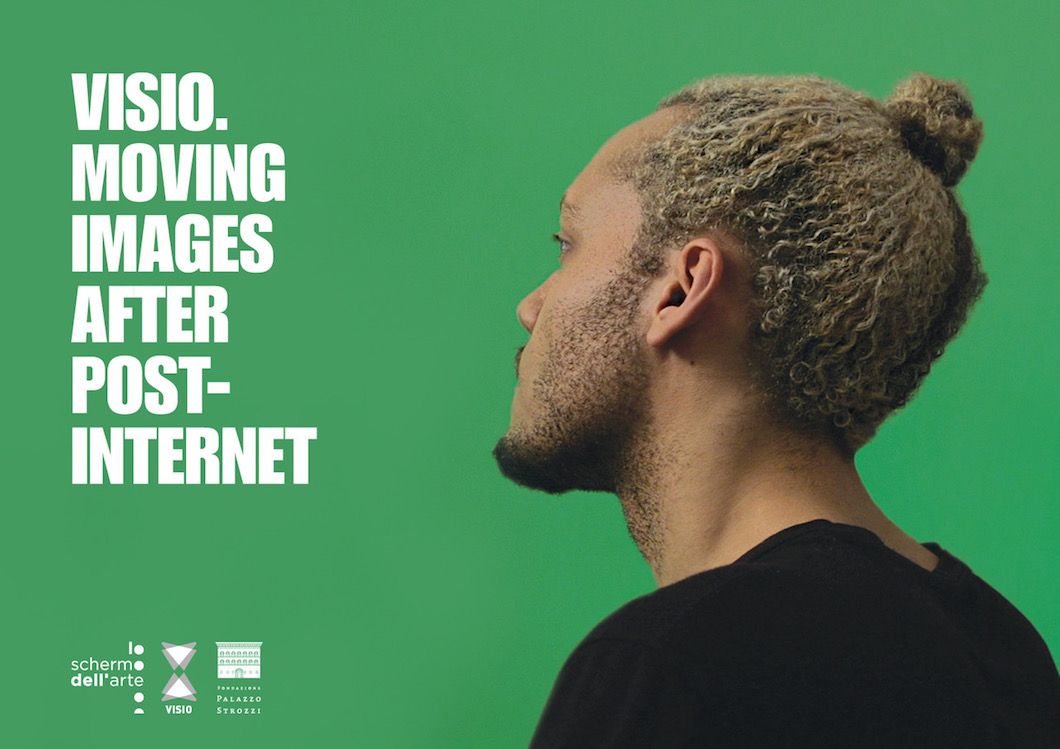17/11/2019 | Maria Adelaide Marchesoni
Seven Gravity Collection
Since 2013 seven Italian collectors have been buying works of video art as a group and have awarded the Visio Young Talent Acquisition Prize at the Lo Schermo dell'Arte festival in Florence
Ephemeral, replicable, niche. The video is an artistic expression that, despite these labels, is becoming more appealing to collectors. In recent years, even those most inclined to traditional artistic expressions no longer worry about buying video art and have revitalized their collection with this art form. Video has been, in fact, an expression of contemporaneity and since the early 2000s, with the emergence of Youtube, more visual artists - also in Italy - have undertaken experimentation in the field of moving images. Today, in the age of digitalization and Internet, the dissemination and circulation of video works through computers and smartphones is omnipresent.
However, acquiring a video can cost a lot of money, especially those involving of complex installations. Sharing this passion can encourage the purchase, as have seven Italian collectors of contemporary art, very active individually (but not previously in the video medium), who in 2013 begun a collection together dedicated to video art, called the Seven Gravity Collection.
"The video, in addition to the cost and other traits that make it not very collectible for many collectors," explains Diego Bergamaschi, one of the Seven (the others remain anonymous), "also has qualities that can unite people passion for this art, like the time to enjoy the work, or even simply sharing media via USB or CD.
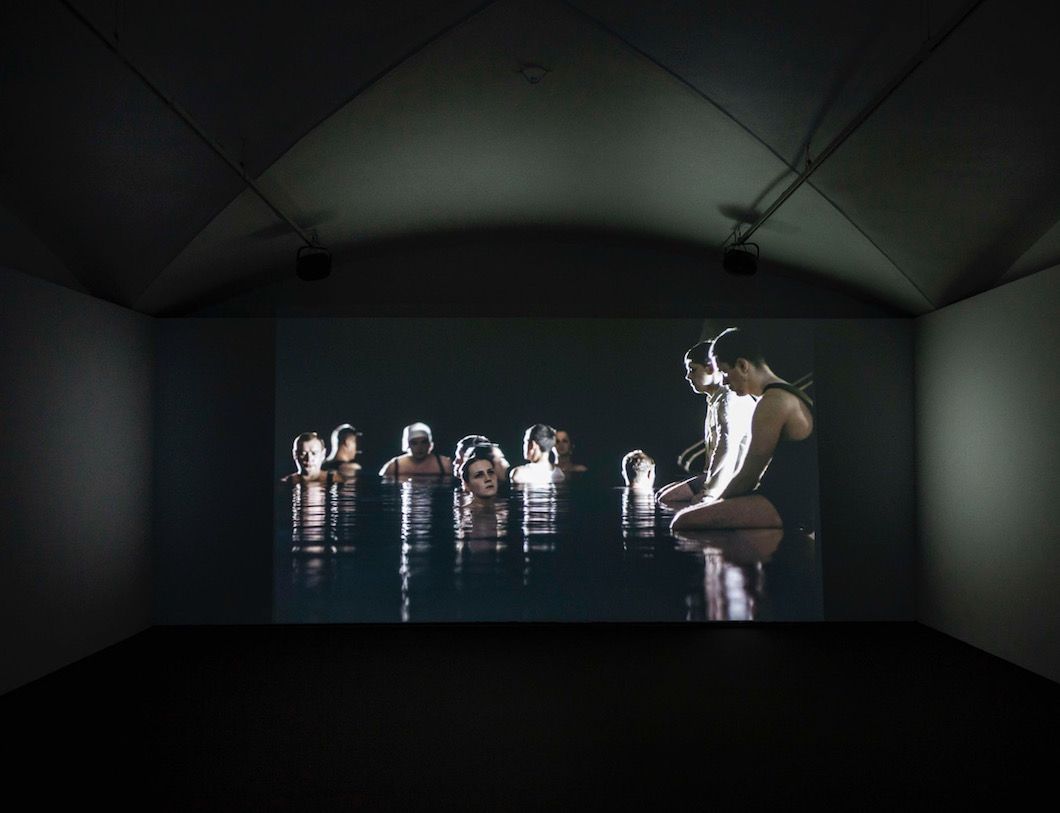
Polina Kanis, The Pool, 2015, Courtesy the artist, photography by Federica Di Giovanni
To share a collection, however, you need to have clear ground rules. "The acquisition takes place with an annual fixed budget, divided into equal parts which the seven founders have committed to paying each year. The first purchase took place in 2013, a 3D video work by Trisha Baga she exhibited in her first solo show in Italy at Peep-Hole in Milan. Since then Seven Gravity has purchased 13 works from international mid-career as well as emerging artists.
In the past year Seven Gravity Collection took another step towards expanding the collection. "The last two works we acquired - explains Bergamaschi - which will soon become part of the collection - were co-produced in collaboration with the artist. This is a great in terms of the role that the collection is assuming in the video and visual arts sector".
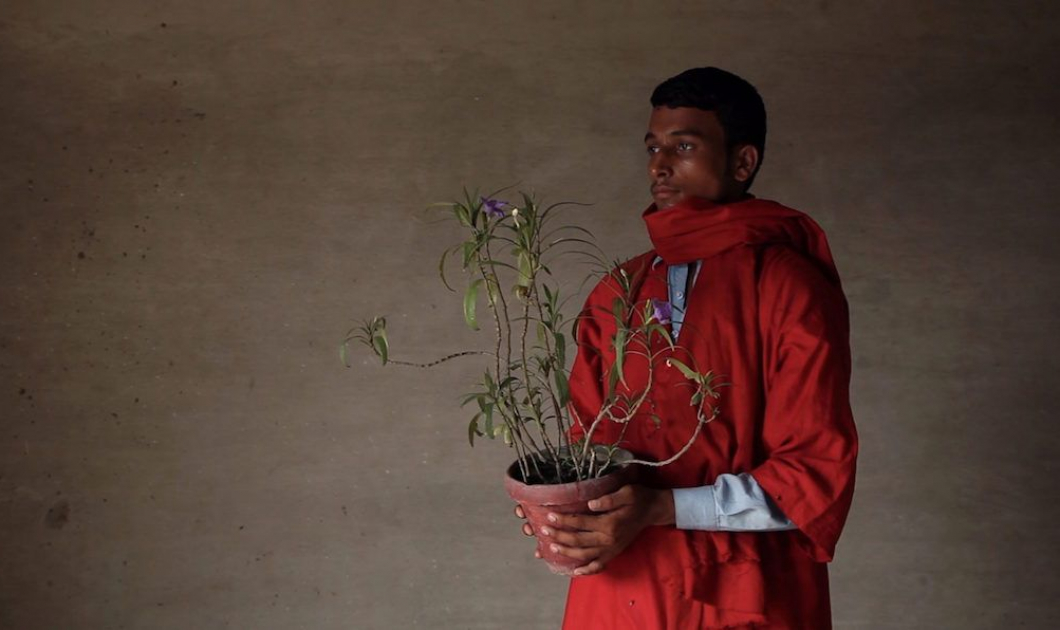
Basir Mahmood, Monument of arrival and return, 2016, Courtesy Seven Gravity Collection

Cally Spooner, Off Camera Dialogue, 2014, Courtesy Seven Gravity Collection
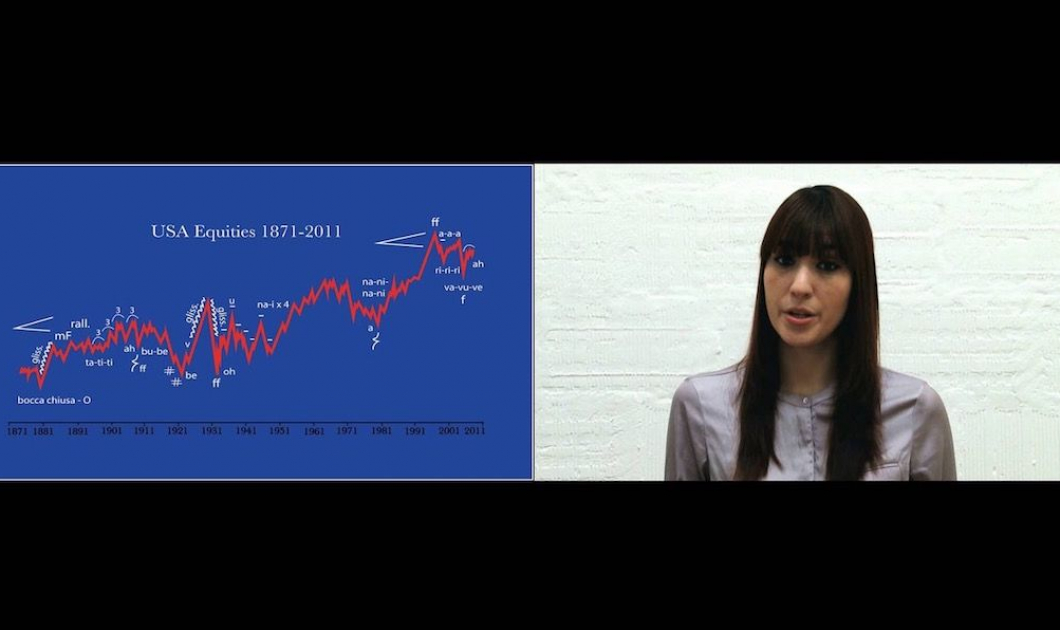
Elena Mazzi, The Financial Singing, 2014, Courtesy Seven Gravity Collection
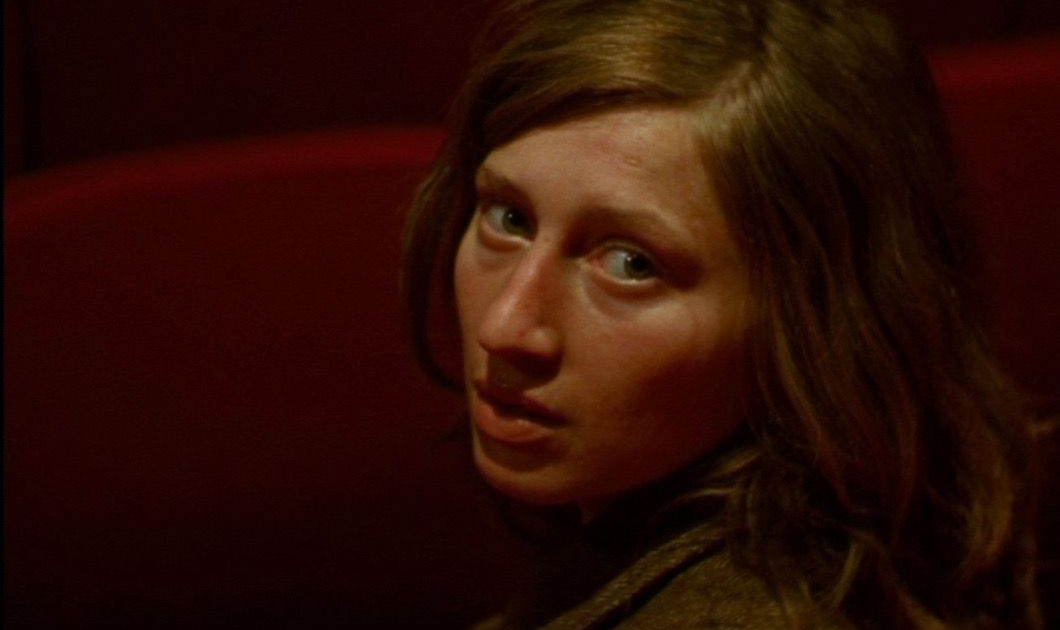
Rebecca Digne, Kinopeinture, 2013, Courtesy Seven Gravity Collection
Since 2015 Seven Gravity Collection has collaborated with Lo Schermo Dell'arte Film festival, an event held in Florence since 2008 that explores and promotes the relationship between contemporary art and cinemaa. Seven Gravity Collection has worked with the curator of the Lo Schermo Dell'arte Art Leonardo Bigazzi, to assist in the support and development of VISIO, a workshop at the festival that awards the VISIO Young Talent Acquisition Prize to video artists under 35, and also includes an exhibition of the work of the 12 finalists. “This partnership” says Bergamaschi, “has allowed Seven Gravity to review the work of more than 60 artists, including many newcomers, and some from the best art academis in Europe, over the past five years”
The 2019 edition of VISIO Young Talent Acquisition Prize (which as in past years involved an open call involving more than 100 artists) has been awarded to the English artist Peter Alan Baufield, for his 2017 “Mein Blick (My View)". The work (the price for Baufield's works range from 5,000-15,000 euro) is a virtual reality installation, meant to be seen using an Oculus Rift viewer, that surrounds the viewer with a 10 minute long complex video archive made by the artist, that includes images of protests at Trump Tower, a friend's personal and intimate films, and drone shots of mining structures at the Ruhr Valley. It is an immersive and at times alienating experience, reinforced by the closeness of the images and a compelling ambisonic soundtrack. The work is like a stream of digital consciousness, reflective of the daily bombardment of images and video content we experience on a daily basis.
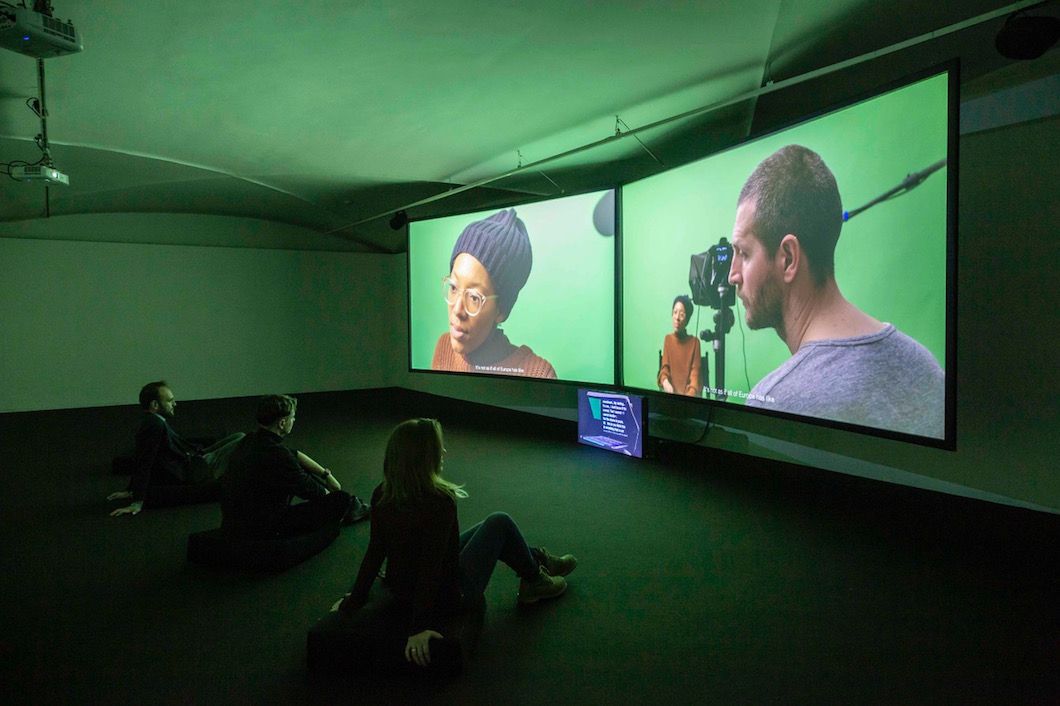
Miguel Azuaga, Katharsis, 2019, Courtesy the artist, photography by Federica Di Giovanni
The exhibition "Moving Images After Post-Internet", which this year returns to Palazzo Strozzi, is curated by Leonardo Bigazzi and displays the works of 12 international artists under 35 selected by the curator to present a look at the Post-Internet phenomenon and the influence of the digital revolution in artistic practice.
"The unique quality of the current edition, for which we have many applications," explains Leonardo Bigazzi, "is to give voice to the generation of artists who have experienced the so-called Post-Internet condition during the years of their education. The show focusses on the legacy and beginning steps of a what's possible next.
Bigazzi adds the selected works deal with fundamental themes of our time, such as the normalization of violence, gender identity, border policies, the privatization of knowledge, the boundary between real and virtual, the value of memory, the relationship of man and animal and the constant sense of the precariousness of existence. We find technical and conceptual elements typical of Post-Internet practices, such as the use of virtual reality, CGI images, video games and appropriation of videos from the net. But there are also artists who have consciously decided to move away from this type of aesthetic and have a more cinematographic language, using film-on-film and found footage".
